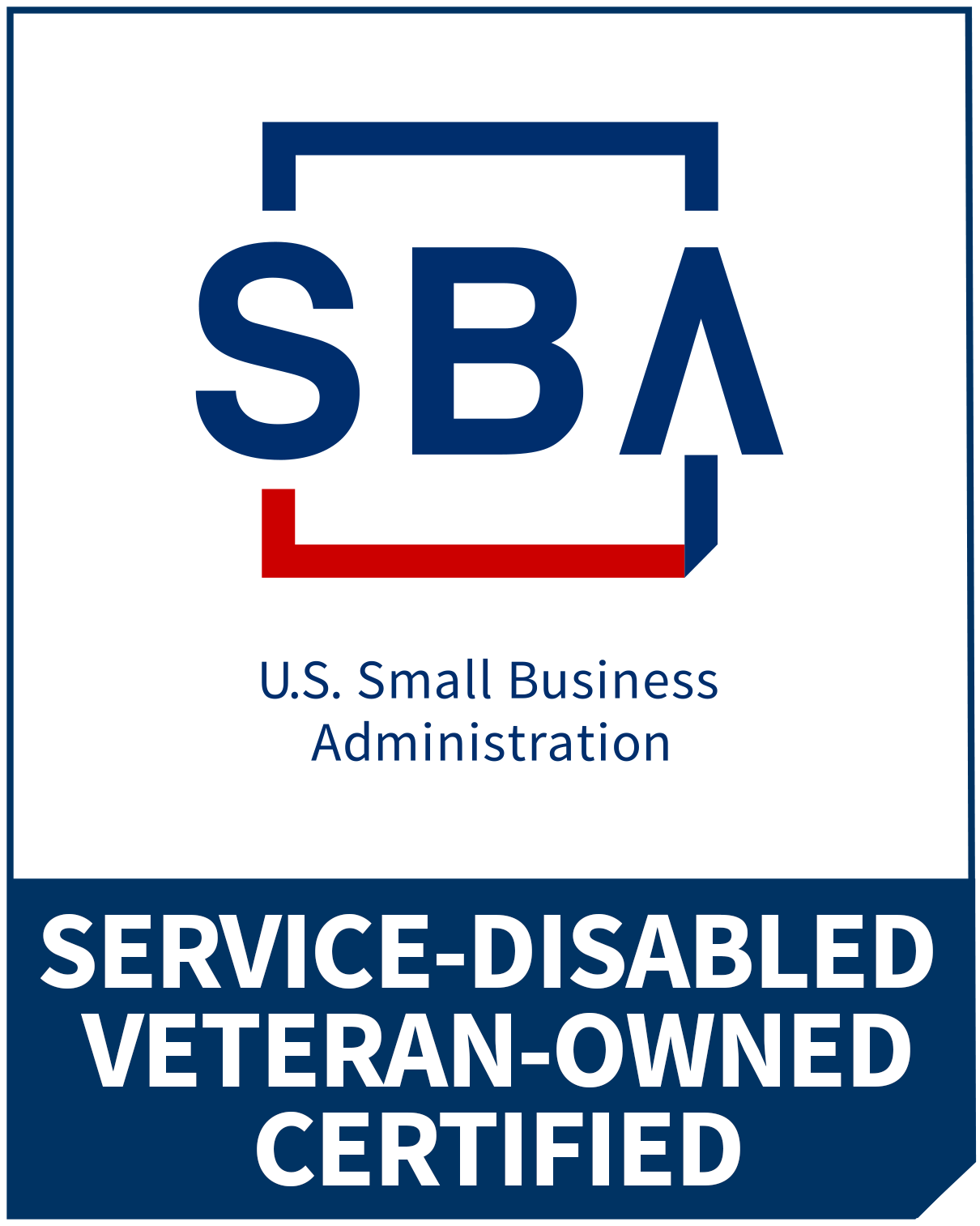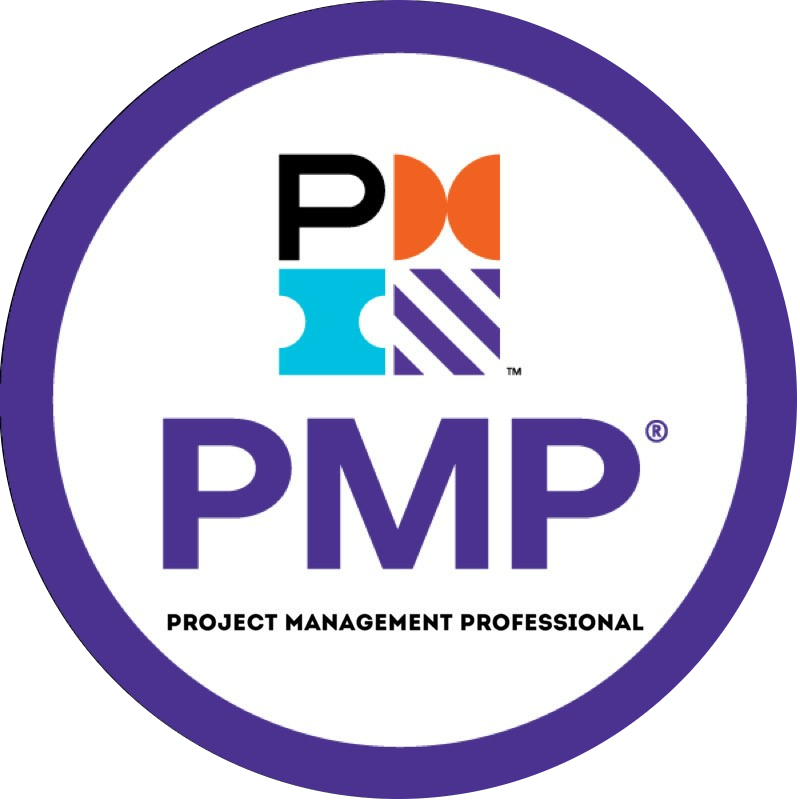As a self-proclaimed environmental planning nerd, I was pretty excited when the U.S. Council of Environmental Quality (CEQ) issued guidance in 2014 on programmatic analyses under the National Environmental Policy Act (NEPA) (CEQ 2014). And now that we’ve been completing programmatic NEPA for a few years with this guidance in place, here are some tips of what it entails.
What are programmatic NEPA documents and how can they help us streamline environmental reviews?
Either programmatic Environmental Assessments (EAs) or programmatic Environmental Impact Statements (EISs) may be used to evaluate environmental impacts of “….proposed policies, plans, programs, or projects for which subsequent actions will be implemented either based on the Programmatic [EA or EIS], or based on subsequent NEPA reviews tiered to the programmatic review (e.g., site-or project-specific document).” (CEQ 2014)
A programmatic EA or EIS review may be appropriate when the proposed action falls into the following major categories:
- Adopting official policy
- Adopting formal plans
- Adopting agency programs
- Approving multiple actions such as several similar/connected projects in a region
Once completed, the programmatic EA or EIS, can be used to evaluate future actions to determine the need for additional analysis. If future changes to the proposed action vary from the initial analysis, it can be analyzed in a subsequent document, referred to as a “tiered” analysis. One benefit of a subsequent tiered document is that it avoids the need to repeat information already considered at the programmatic level, expediting the process.
Another benefit of a programmatic approach is having the flexibility to evaluate what is known and then move forward with federal projects. The consultation process with regulatory agencies such as the U.S. Fish and Wildlife Service or the State Historic Preservation Office can be markedly streamlined as well. For example, a proposed project could have a programmatic agreement under the Endangered Species Act and have a separate, more focused and specific consultation with the U.S. Fish and Wildlife Service, for any subsequent tiered NEPA review.
A programmatic approach may be cost effective for a federal agency if the document can be sufficiently forward looking to cover the agency’s basic overall planning for a program and the document provides the agency the opportunity to avoid segmenting the overall program.
When is a programmatic NEPA document called for?
Federal agencies determine when a programmatic NEPA is warranted. For example, a programmatic approach would be appropriate to assess the potential impacts associated with military operations and needed construction that are anticipated over several years when not all the site-specific project details are known. Doing this streamlines the NEPA analysis process by avoiding unnecessary and costly duplication by having to repeat the initial work once the next iteration of project details are revealed. It can let a military installation adapt to changing training requirements while ensuring that a thorough NEPA analysis is conducted for each action.
This means that key segments of “no change” do not need to be redone. It is not always possible to predict accurately specific projects in specific years. By establishing categories of actions and types of activities in the programmatic EA or EIS that will occur, the NEPA analysis can focus on anticipated environmental impacts of those categories of activities. This saves time without compromising validity by initially identifying the project and its unknowns, which shapes the NEPA process.
When do programmatic NEPA documents need to be supplemented?
The CEQ suggests that federal agencies make reasonable efforts to anticipate the viable time window for NEPA review and sustained activity related to tiered reviews. This makes sense, because whether a NEPA document is programmatic or not, EAs or EISs that are more than five years old should be examined to determine if a supplement is required before implementing the proposed action. Federal agencies should define the factors that may result in the need to supplement or refresh the analysis of a particular project.
How common are programmatic NEPA documents?
In the past year, only 6 of the 335 EISs (draft and final) that were published in the Federal Register (July 2017-2018) were programmatic. The exact number of programmatic EAs are not as easily known since most are not published in the Federal Register.
Initially, federal agencies were reluctant to conduct programmatic NEPA reviews out of concerns that ongoing projects might be delayed based on risks of the unknown. However, the opposite appears to be occurring, and programmatic EAs are gaining traction because they facilitate implementation of reasonably foreseeable but currently sparsely defined actions.
When doing programmatic NEPA:
- Work closely with the action proponent’s counsel early on. Doing so will help to ensure they support such a programmatic approach. This is prudent because the counsel will ultimately review the programmatic document; their guidance will be helpful early on to ensure consistency with other federal agency programmatic documents.
- Define the factors in the programmatic document that would make it necessary to do a supplemental tiered analysis. When developing a programmatic EA/EIS, defining those factors which would require further tiered analysis will help inform both the public and regulatory agencies regarding expectations for future documentation.
- Define classes of actions/activities and their associated impacts. When this is done it provides a framework for the future evaluation of future actions/activities for coverage under the programmatic document. It also helps define when subsequent tiering documents are necessary.
- Develop and agree to special conservation measures that will be implemented for future classes of actions/activities. Early interagency coordination, such as with U.S. Fish and Wildlife Service, can streamline project implementation, which can be accomplished as long as additional activity does not result in impacts beyond those analyzed in the programmatic document.
I hope this provides a useful overview of programmatic NEPA. We’ve worked recently with several clients developing programmatic EAs and can help develop efficient, flexible (and streamlined) programmatic NEPA documentation. If you would like more information, please contact me at melanie.hernandez@scoutenv.com.













